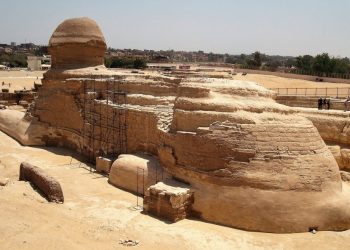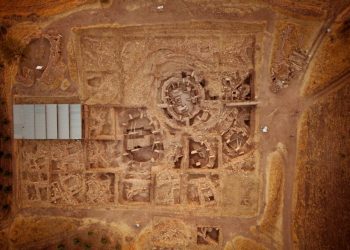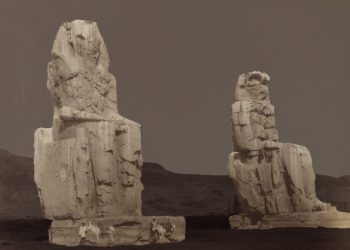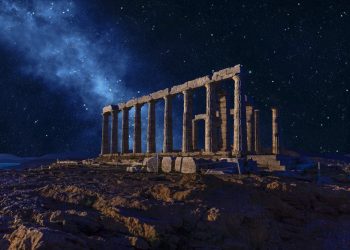Sacsayhuaman means “place where the hawk is fed.” Archeologists estimate that the construction process of this ancient citadel involved more than 20,000 people. Furthermore, it took approximately 70 years to be built. These two facts tell us the importance of the site. Not only was a massive workforce needed, but it is also likely that various generations of families participated in its construction. The ancient citadel is a true wonder of the ancient world. Sacsayhuaman represents mindboggling examples of ancient engineering. Its construction involved quarrying, shaping, and placing in position supermassive stones without the use of mortar. However, its exact use in ancient times remains a mystery. Many consider it to have been used as a religious monument. Nonetheless, during the time of the Spanish Conquest, the Europeans saw it as a fortification.
Sacsayhuaman: a Cyclopean wonder
Sacsayhuaman was home to the temple of Hanan Qosqo. It was dedicated to the worship of the sun (Inti), moon (Quilla), stars (chaska), and lightning (Illapa). However, other divinities were worshiped by the ancients there as well. Sacsayhuaman is one of the best examples of cyclopean structures in Peru. It remains a profound mystery as to how ancient people managed to transport and position stones that weigh between 90 and 125 tons. The type of machinery used to quarry and transport the stones is absent from history. Mainstream scholars argue that this was done with ran manpower and that the stones were dragged and rolled on wooden rollers.
One of the most stunning parts of Sacsayhuaman is its terrace walls. The supermassive stones used in the construction of the terraces are among the largest used in any structure in pre-Hispanic America. Furthermore, the positioning, fitting, and cutting of the stones are unmatched in the American continent.
A brief history of Sacsayhuaman
According to mainstream experts, this massive cyclopean structure was erected by the ancient Inca in the 15th century. Based on pottery fragments recorded from the area, it is believed that the earliest occupation of the hilltop where the structure is located dates to around 900 CE. However, archeological excavations in 2008 discovered ruins that suggest the site was already inhabited long before the rise of the Inca. After the Spanish conquered the Inca, many of the smaller stones of Sacsayhuaman were used to construct the Spanish parts of Cuzco. Obviously, the Spanish had absolutely no idea how to move the massive stones, which is why they remained at Sacsayhuaman.
Have something to add? Visit Curiosmos on Facebook. Join the discussion in our mobile Telegram group. Also, follow us on Google News.











